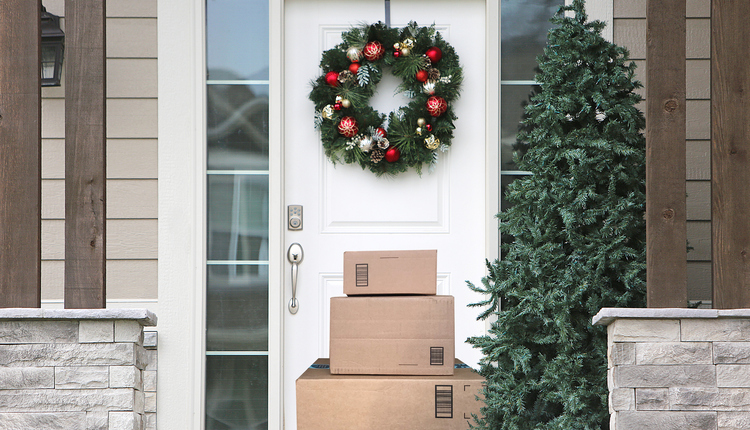Some things in life create great impact – a wedding, a divorce, having kids… these are the kinds of events that change a person. Pandemics fall into this category, too, demonstrating how shopping needs and habits evolve with the changing circumstances of life. If you are one of the many businesses that has seen an uptick in traffic as shoppers have shifted to online shopping for anything and everything, what’s your plan to keep these customers onboard once “regular life” restarts? Creating a retention strategy is a worthwhile effort and can help ensure your new customer relationships are here for the long term rather than just for convenient transactions for homebound shoppers. Consider segmenting customers, applying characteristics of recency, frequency, and monetary value to their engagement behavior. This approach offers a smart, strategic plan for customer retention based on six key steps.
- Reorganize your business operations to prominently feature and prioritize customer retention. Inspire and expect customer-facing employees to solve any shopper problem; for example, increase floor limits as needed for flawless, on-the-spot problem resolution.
- Develop useful, entertaining, and informative marketing content to entice new customers and please existing customers engagement. Creating an emotional connection between you and your customers helps build a sense of mutual benefit into the relationship.
- Communicate with all customers automatically, frequently, and appropriately. For example, welcome emails in a series are more powerful than a single message, demonstrating your continued appreciation of their business. This kind of relevant communication creates a path to ongoing customer engagement and greater revenue potential.
- Use customer RFM scores as a basis for your communications. Refine your approach and be strategic; for example, identifying customers based on scores that demonstrate frequent, but low-dollar value, purchases. A series of automated “win-back” emails may be ideal, addressing the need for communication but balancing it with low dollar transactions.
- Anticipate the need for manual actions, triggered by certain RFM scores. Consider assigning these resources to reward customers with an RFM score of 2-2-5: They represent your most profitable shoppers and special handling may be warranted.
- There will always be special cases that demand proactive, manual handling. A poor review or negative social post about a shopping experience or product? Get in touch with customers directly to offer service and support to correct the issue.
Post-pandemic, Customer Retention Strategies Are Just Smart Business
For most of the last year, shoppers were not-so-gently transitioned into new buying habits. The closure of physical stores – familiar and needed yet considered non-essential during pandemic days – was sudden, unexpected, and generally uncomfortable for most shoppers. Even as we progress to a better, healthier status as a community and an economy, merchants can take smart steps to retain these hard-won new shoppers.
With strategy and effort, you can build a buyer-seller relationship that is both meaningful and personal for the long-term. Learn more about your customers and handle them according to their preferences and business value. Customer loyalty has been influenced the actions of companies during the pandemic – and now represents opportunity today and beyond.
Greg Brown is Vice President of Global Marketing, Melissa.
Editor's Note: This article originally ran in the September/October, 2021 issue of our sister publication, Mailing Systems Technology.














